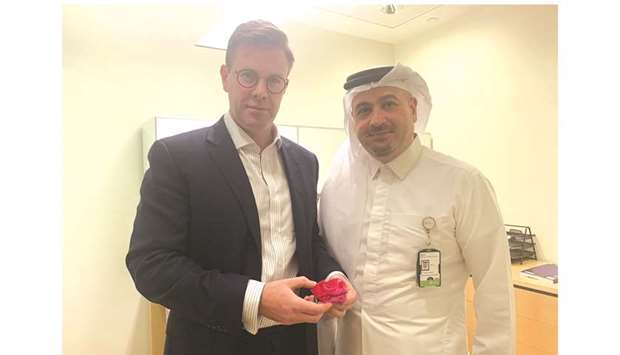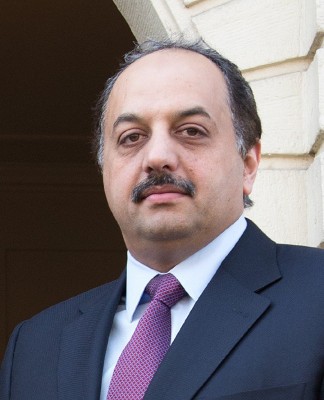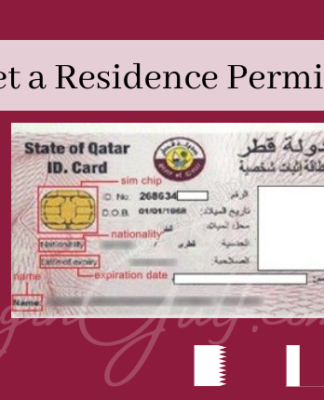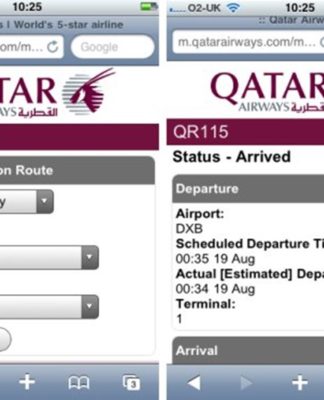Sidra Medicine is providing the most appropriate treatment for babies born with Micrognathia, a genetic craniofacial condition which manifests with an undersized jaw, it was announced yesterday.
Every year one in 8,000 babies worldwide is born with the condition. As a result, their tongues roll backward, leaving the babies struggling to breathe clearly as well as feed properly.
Baby D, a Qatari girl, was born with a very small lower jaw and a deviated septum. She was transferred to Sidra Medicine, where its multidisciplinary team (MDT) based approach offers children requiring complex care and surgery, access to all the services and world-class experts under one roof.
Over the course of five months, Baby D’s treatment at Sidra Medicine was overseen by team of ENT and craniofacial surgeons, neonatal and paediatric ICU specialist, nurses, allied health and child life professionals.
Dr Faisal Abdulkader, division chief of Ear, Nose and Throat (ENT) and Otolaryngology at Sidra Medicine said, “Our MDT clinic determined a treatment plan for Baby D starting with non-invasive procedures and then considering surgical interventions as a second step. This was done to ensure she received the best care possible to help with her long-term quality of life. Early treatment is important for such children in order to help them breathe clearly and to prevent impaired cognitive development as they grow older.
“Our first course of action was to dilate Baby D’s nose and put a stent to keep it open. We then performed a tongue-lip adhesion procedure. This is where her tongue was tied to the lower lip. The procedure is commonly done on babies with Micrognathia, to move the tongue-base forward in order to clear their airway.”
During her post procedural assessments, it became apparent that Baby D was still unable to breathe clearly and would need a tracheostomy. Her tongue-lip adhesion was reopened and a trach was inserted in her neck, to bypass the airway obstruction caused by her small jaw and prolapsing tongue.
“We didn’t want Baby D to become dependent on the trach for too long. Given her age and the complications, there was a risk of infection and a 2% chance of mortality. It was a temporary measure as we determined that she needed corrective surgery, in particular Mandibular Distraction Osteogenesis surgery,” added Dr Abdulkader.
At three months, Baby D underwent a Mandibular Distraction Osteogenesis (MDO), a surgical procedure where her lower jaw was made larger by slowly lengthening the jaw bone.
Dr Graeme Glass, attending craniofacial surgeon at Sidra Medicine, who performed Baby D’s MDO surgery said, “We first made cuts on both sides of Baby D’s lower jaw and attached turning devices which expanded the space where the bone was cut. This allows the jaw to move forward which in turn, brings the tongue forward. We removed the trach, as the MDO would help expand her jaw and clear her airway. After only one week we could see a marked improvement in Baby D’s breathing as her airway finally cleared.”
Only two weeks after her MDO surgery, Baby D had her tracheostomy removed and a few days later she was ready to go home to a very elated and relieved family.
Her mother said, “To see my daughter undergo all these procedures at such a young age, was really hard on us. I am particularly grateful to Dr Abdulkader and Dr Glass for changing her life and saving us a trip abroad for her treatment and care. And special thanks to the child life and nursing team, who guided us every step of the way throughout her journey of care at this amazing hospital. Thank you Sidra Medicine.”
Source:gulf-times.com





























